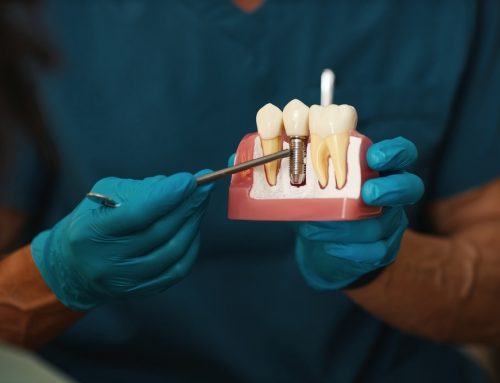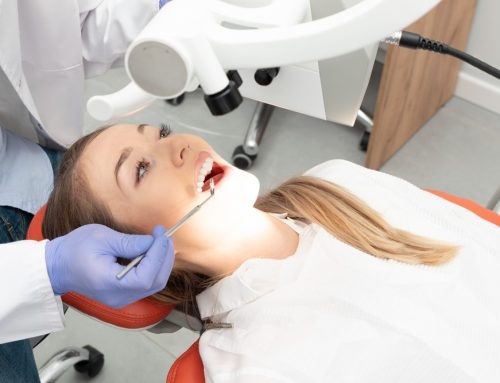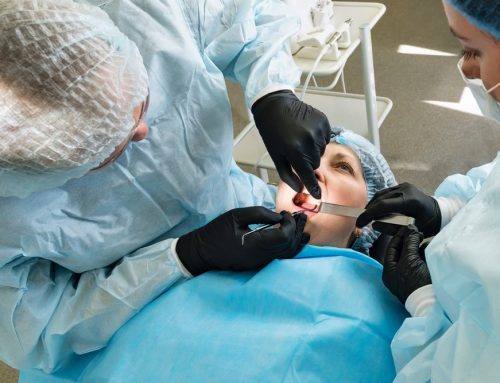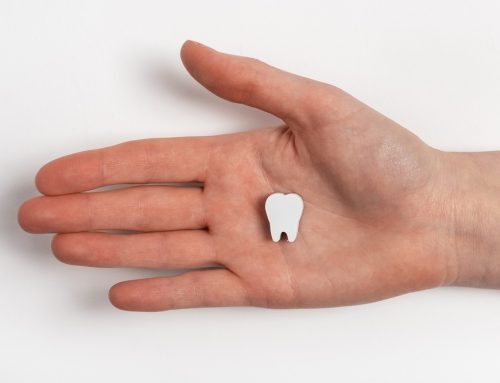Treatment Options for Gingivitis and Periodontitis
The number one reason people lose their teeth is not because of cavities.
It is because of gum disease. Gum disease is the most common reason behind adult tooth loss. Unfortunately, the bad news about periodontitis or periodontal disease or gum disease is that it is not curable. As soon as you start to see gingivitis symptoms, it’s time to take action before it progresses into periodontitis. To cure gingivitis, the treatment is to keep your teeth as clean as possible. This might start by getting a more rigorous cleaning at the dental office, sometimes called a full mouth debridement or a scaling in the presence of gingival inflammation. This is a more involved aggressive cleaning. It’s not quite a deep cleaning, because if you don’t have the pocket depth to do a deep cleaning. They will evaluate your gums to see what you need. The usual procedure is that you will get this cleaning done, it’s not as simple as a regular every six months cleaning, but it’s not as involved as a deep cleaning, where they numb you up. It’s right in the middle. After you get it done, you will come back to the dentist in about four to six weeks, and they will re-evaluate your gums. If your gums look great because you’re continuing excellent home care and aren’t getting much buildup, maybe you’re okay now and in the clear. You’re able to keep your every 6-month cleaning. If so, that’s great, make sure you continue practicing and working hard on your home care. Don’t skip the floss or cleaning between your teeth. Please don’t skip it even one night. Clean your teeth as good as you can and listen to the exact home care instructions your dentist or dental hygienist recommended for you and what they felt is best for your routine. It’s not a one-size-fits-all, and everyone will differ on what type of home care they need, such as an electric toothbrush and maybe a water flosser in addition to traditional string floss, or perhaps they think inner dental aides are best for you. Either way, gingivitis will go away from your home care after a professional cleaning. That’s how you cure it. If symptoms do not improve, it could turn into something else.
If your gingivitis turns into periodontitis, it is a little more involved in a treatment plan. If there is tartar below your gum line and you have severe deep pockets, this stuff can’t be removed by regular cleaning, and it especially won’t be removed with regular toothbrush and floss at home. Depending on how severe your periodontal disease is, you will need some periodontal therapy, for example, periodontal scaling and root planing. Generally, the first treatment for periodontal disease is cleaning off all the tartar below your gums on the root surfaces and removing the biofilm from the deep pockets around your teeth. Deep cleanings are usually scheduled as two visits focusing on one side of the mouth at a time. After your deep cleaning is completed, you’ll want to see your dental hygienist for maintenance cleanings about every three to four months to prevent relapse of symptoms. At some point, they may place you back onto a regular six-month cleaning schedule. It’s possible if a lot of your pockets were pseudo pockets and they weren’t a bone loss, it was just a lot of inflammation. But more than likely, with the bone loss, you’ll be kept on this more frequent cleaning cycle for the long run. If your periodontal disease is super severe, to avoid extractions, your dentist or gum specialist, called a periodontist, might be able to add to the support of tissues around your tooth by placing a graft, or they may be able to use a laser for periodontal regeneration. The grafts and the surgeries are usually only used for people with very aggressive periodontal disease. The best treatment for periodontal disease is a therapy that starts as soon as possible. The longer you wait, the more your gums and bone can and will deteriorate. If you smoke, it can cover up your symptoms of gingivitis or gum disease. You could be so close to aggressive periodontal disease that you’re at risk of losing your teeth without seeing any signs of swelling or bleeding. So if you use tobacco of any sort including vaping, it’s extra important to see your dentists and dental hygienist for routine gum exams and cleanings. Science now shows us that having gum disease can seriously raise your risk of health problems such as diabetes, stroke, heart attack, high blood pressure, infertility, and a host of other issues. So if your gums are bleeding or you’ve noticed swelling, remember that your oral health and overall health are a two-way street. Your mouth is a gateway to the entire body, so try your best to keep it clean and visit your dentist regularly because doing this can prevent you from many other systemic issues.
If you have any questions or concerns when it comes to gum disease treatment please contact us or make an appointment.









